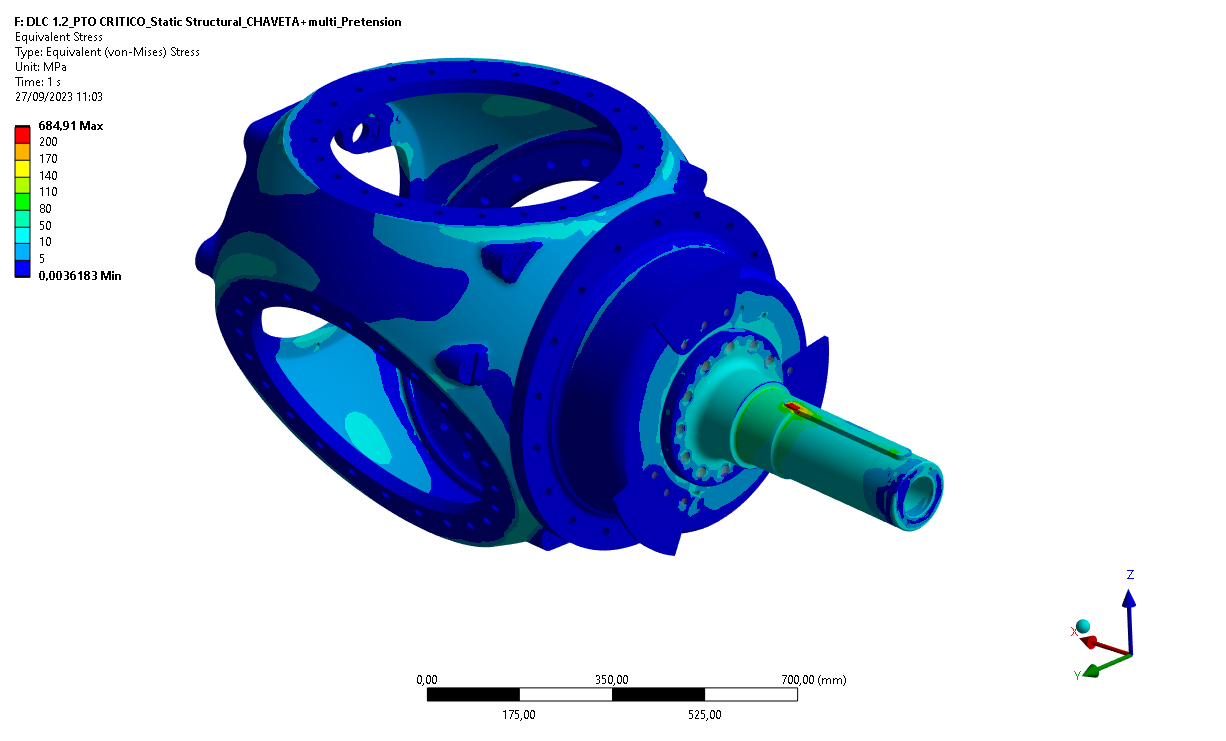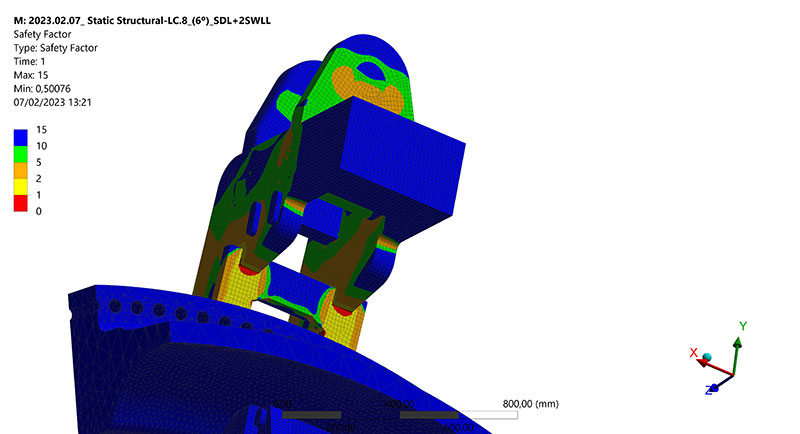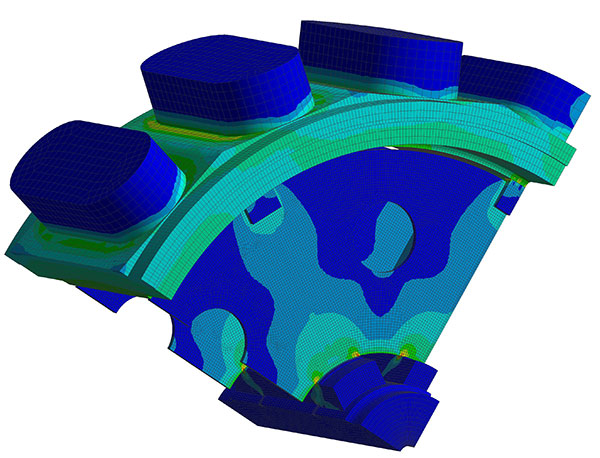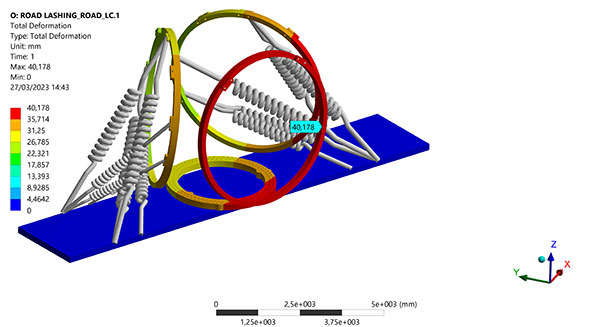Analysis
Finite elements and analytical calculations
Optimize to reduce costs
We validate and optimize parts and structures.
Main features
We adapt to customer requirements.

Load cases
We analyze all necessary load cases according to customer requirements.
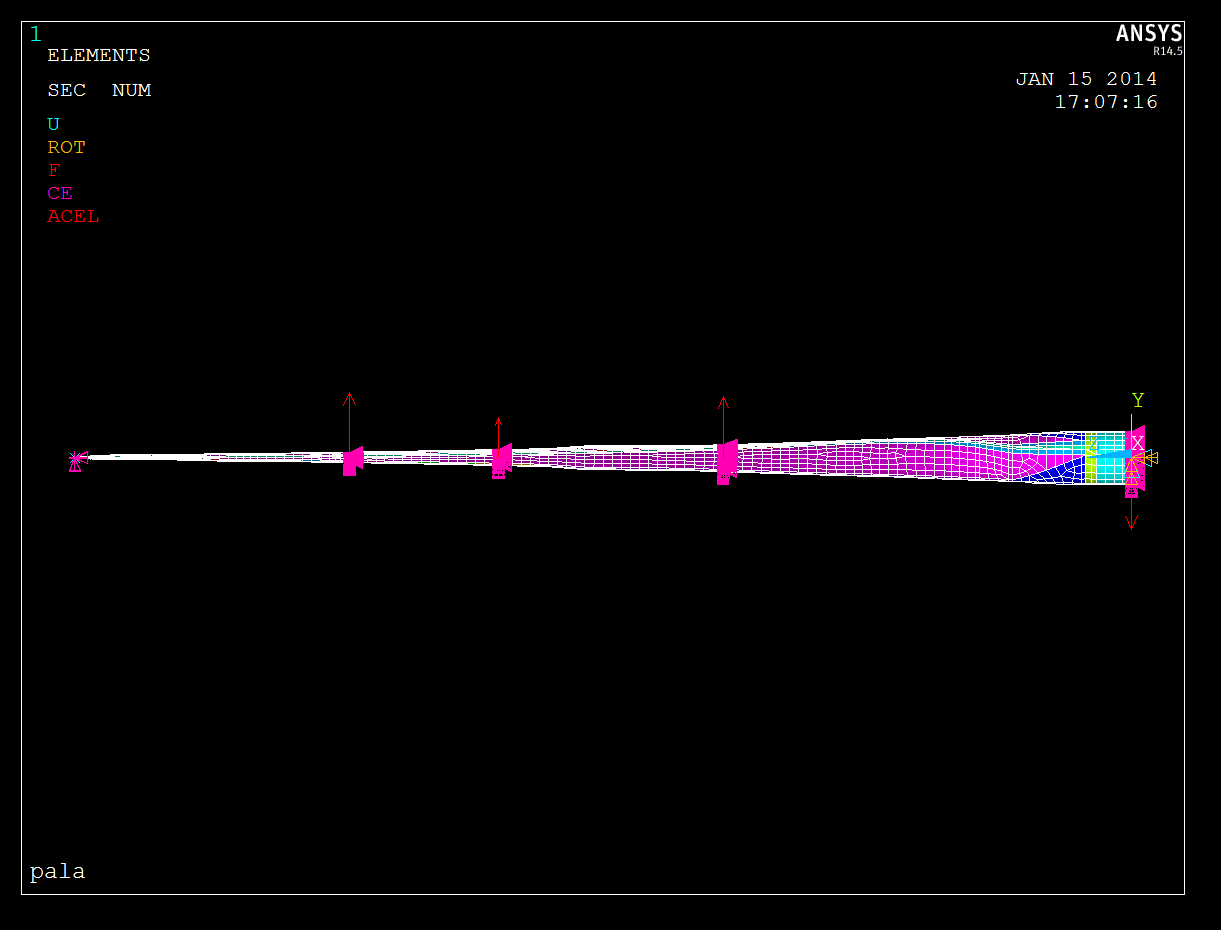
Calculation model
We adapt the complexity of the models to the budget and the required results.
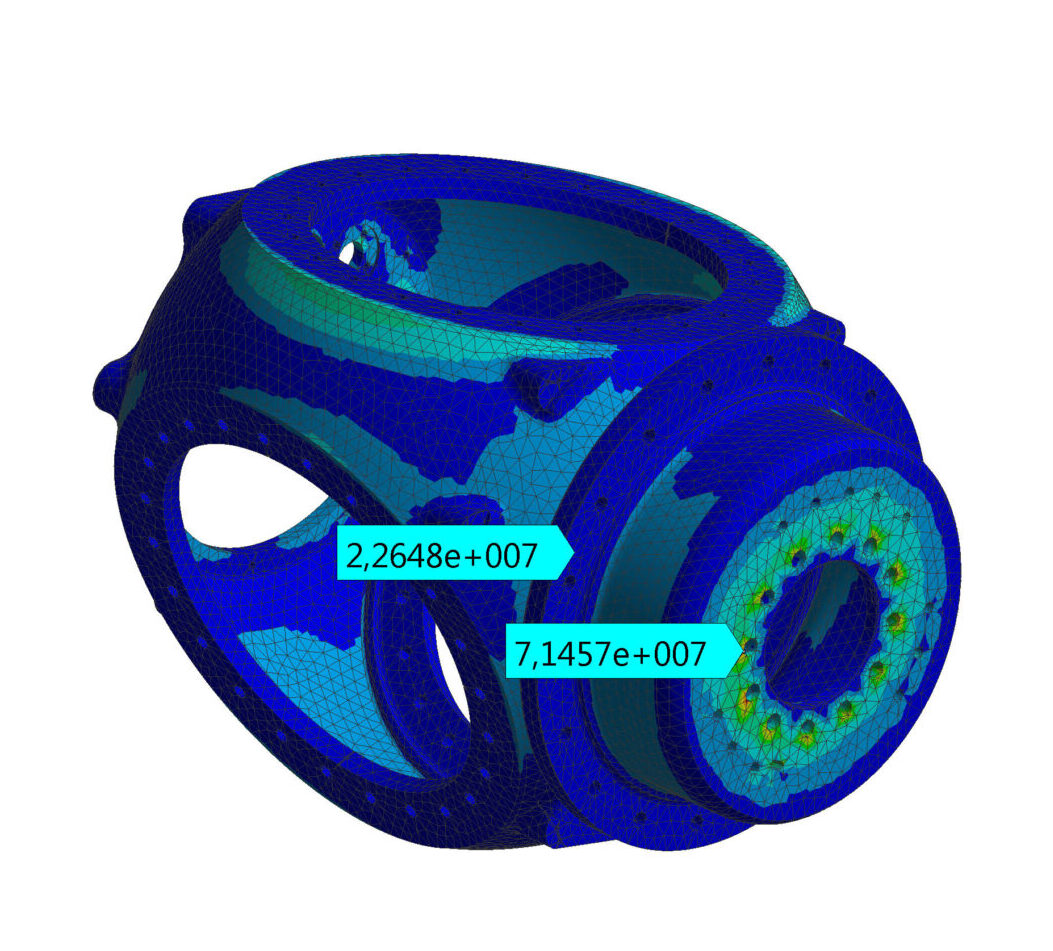
Calculation types
Static, buckling, transportation, lifting, fatigue. Linear and non-linear.

Reports
We prepare reports according to client templates if necessary.
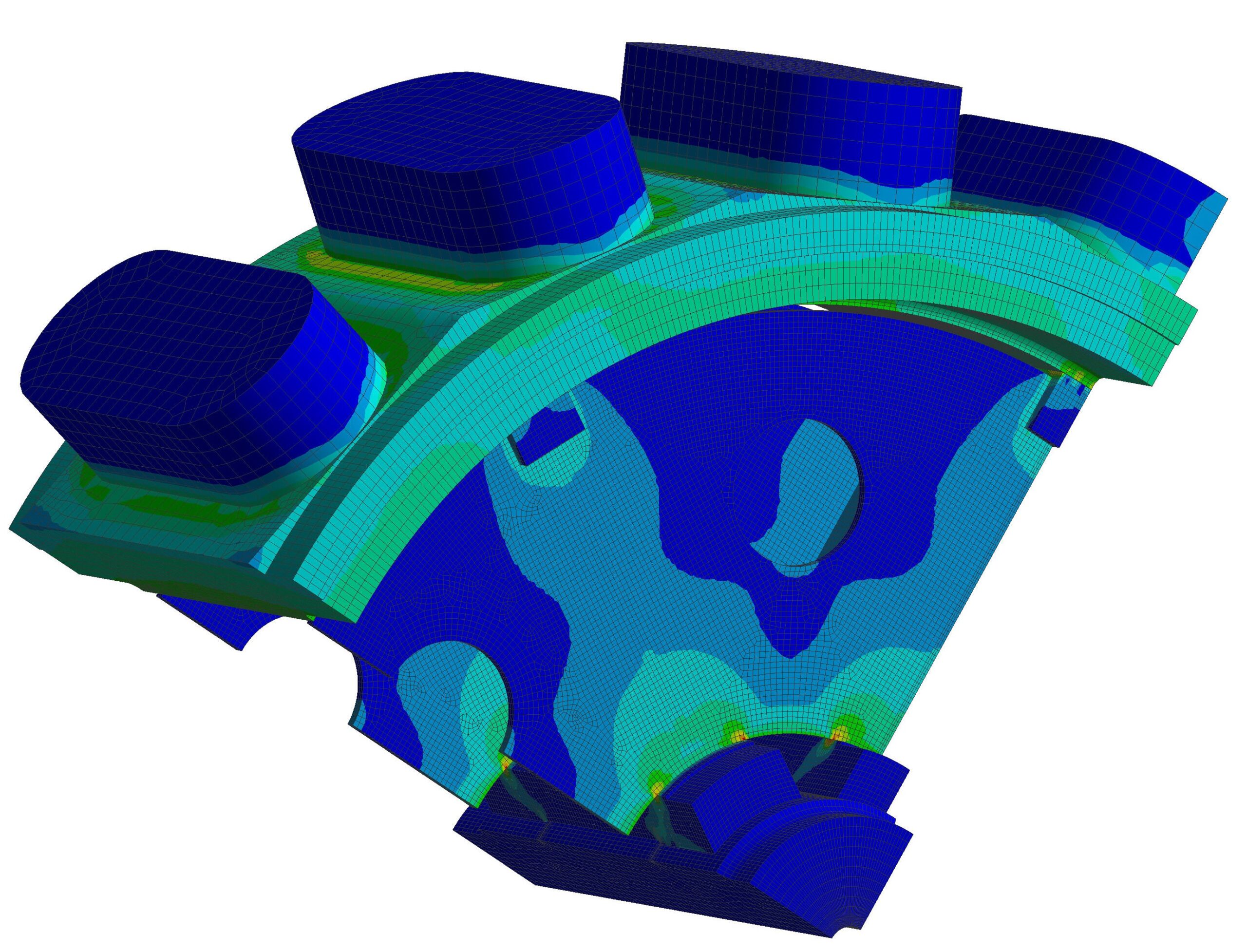
Results
We send the results before having all the documentation to be able to move forward with manufacturing plans, etc.
Advantages
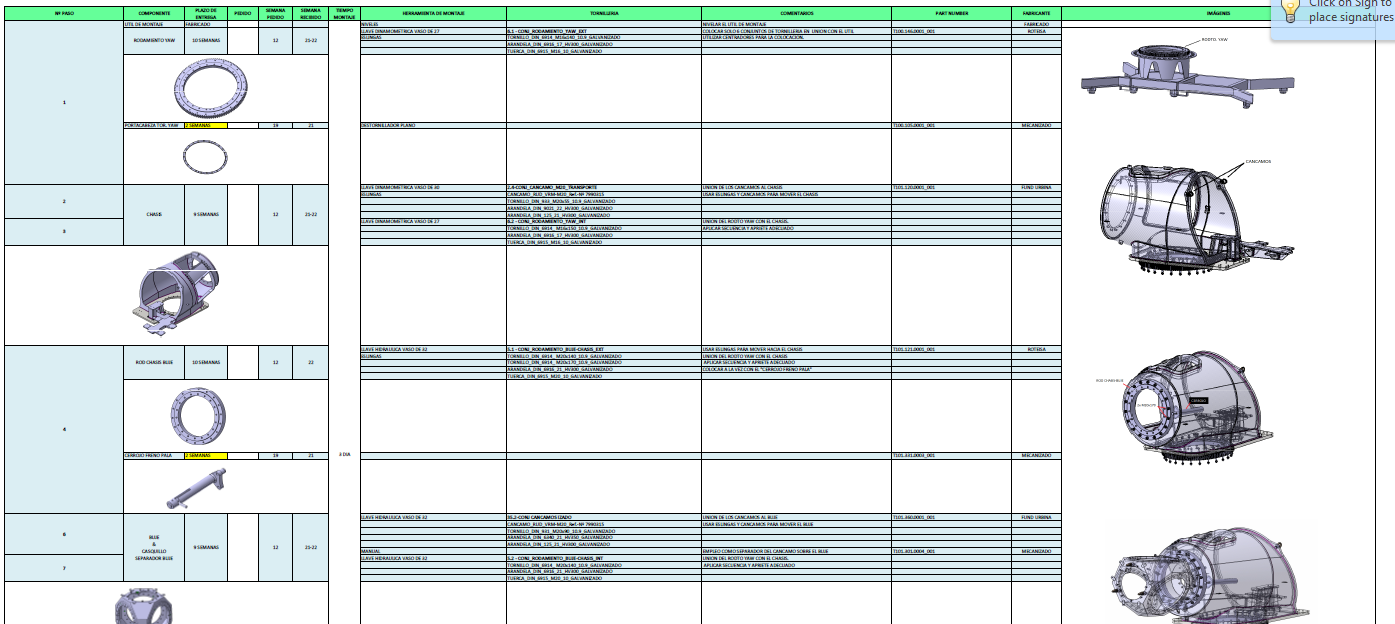
Adjusted offers
We analyze all requirements before bidding, achieving competitive prices.
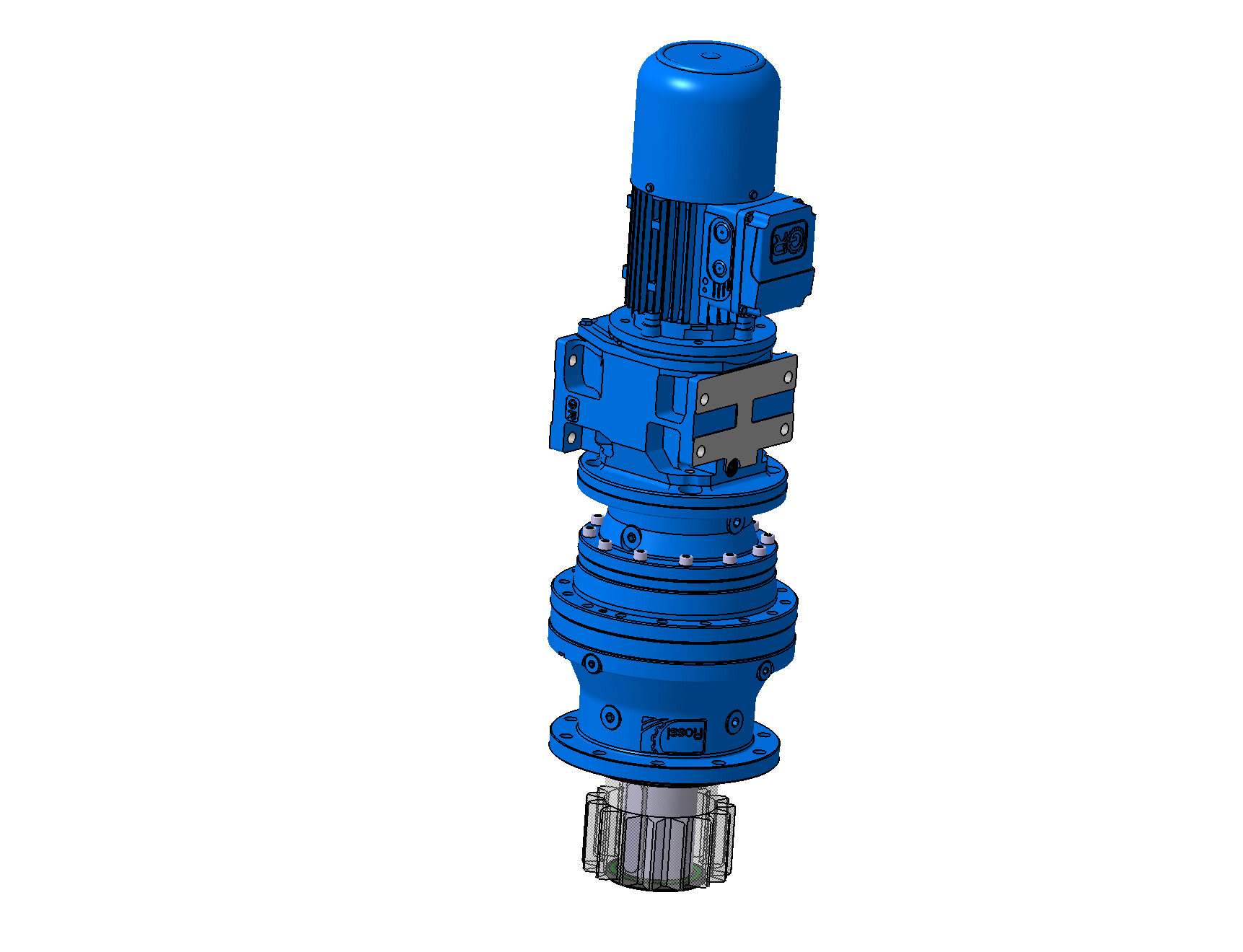
Optimized parts
Parts or materials can be redesigned to optimize weights and costs.

Deadlines
Deadlines adjusted to the client’s needs.
Document
Description
Upload date
Frequent questions
Frequently asked questions section where you can answer your questions.
Finite elements are numerical methods used to approximate solutions of differential equations in engineering and science problems. In structural analysis, finite elements break down a structure into smaller parts (elements) to facilitate analysis.
Finite element analysis allows complex structures to be modeled and analyzed to predict their behavior under various loading and environmental conditions. This is useful for designing more efficient structures and anticipating possible failures.
The selection of finite element types depends on the geometry and characteristics of the problem. Elements are chosen that best adapt to the shape and expected behavior of the structure.
Financiado por la Unión Europea - NextGenerationEU
